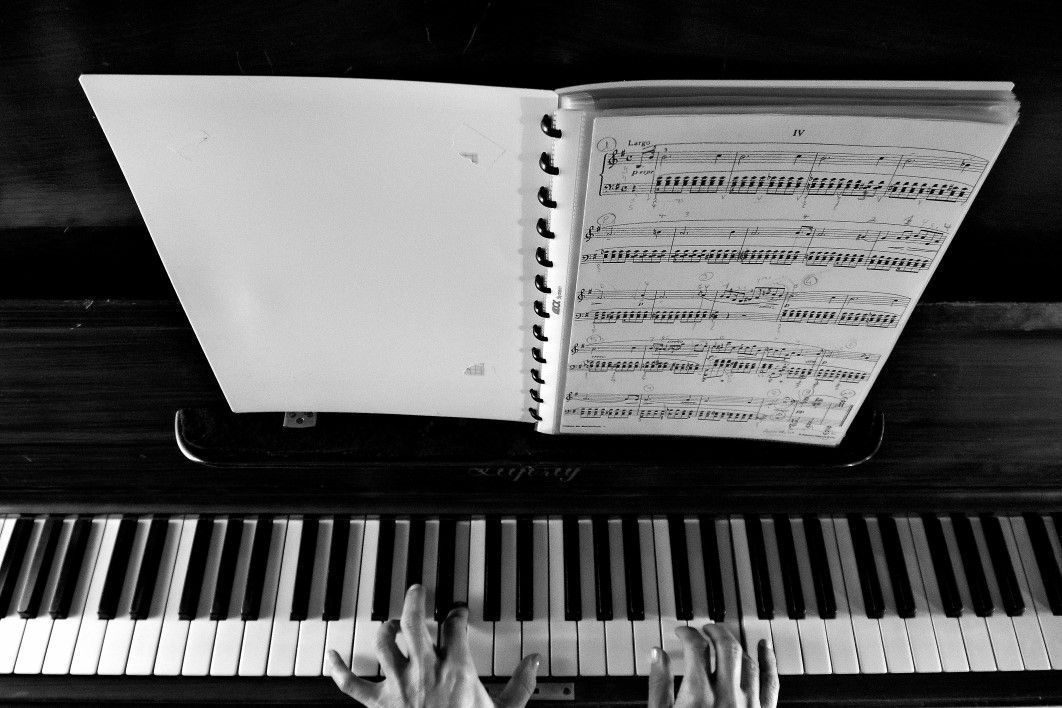

Music copyright infringement carries severe financial consequences that many brands and content creators dramatically underestimate. Under United States copyright law, statutory damages represent a powerful enforcement mechanism that can transform a single social media post into a six-figure liability. Understanding how statutory damages work is essential for anyone creating content with music in 2025.
The Copyright Act establishes a statutory damages framework ranging from $750 to $30,000 per infringed work. This means copyright holders can recover damages without proving actual financial harm. When Warner Music Group sued Designer Shoe Warehouse (https://www.musicconnection.com/the-legal-beat-warner-music-sues-designer-shoe-warehouse/) for copyright infringement, they sought up to $150,000 per work—potentially exceeding $30 million for approximately 200 songs used in TikTok and Instagram posts.
The distinction between standard and willful infringement determines the damage amount. Willful infringement occurs when defendants knew their conduct constituted copyright violation or acted with reckless disregard. Courts can award up to $150,000 per work for willful infringement (https://www.stimmel-law.com/en/articles/statutory-damages-copyright-infringement), making it financially devastating for businesses. The Lizzo case demonstrates this principle—the Grammy winner faces potential damages of $150,000 for an unreleased TikTok track (https://www.lawyer-monthly.com/2025/10/lizzo-sued-150k-good-jeans-copyright-tiktok/) called "Good Jeans."
Copyright law operates as strict liability, meaning intent is irrelevant for establishing infringement. Even innocent infringement carries minimum statutory damages of $200 per work. The "I didn't know" defense only affects damage amounts, not liability itself. This strict liability standard has caught numerous brands off-guard when they assumed platform availability meant legal usage.
The per-work calculation makes statutory damages particularly expensive. Each song in a video constitutes a separate work. A brand posting promotional content with ten different songs could face $7,500 to $300,000 in standard statutory damages, or up to $1.5 million if the infringement is deemed willful. The multiplication effect explains why music companies can seek tens of millions in damages for social media campaigns.
Judges exercise discretion in awarding statutory amounts within the statutory range. Factors include expenses saved by the defendant, profits reaped from infringement, revenues lost by the plaintiff, and the infringer's state of mind. Courts consider whether infringement was willful, deliberate, or innocent when determining appropriate damage awards. This discretion means settlements often occur to avoid unpredictable jury verdicts.
The willfulness determination significantly impacts damage awards. When Bang Energy used Universal Music's copyrighted recordings in TikTok videos (https://lowelaw.com/bang-energy-liable-for-infringing-music-on-tiktok/), courts found the company liable for direct copyright infringement involving approximately 140 videos. Evidence of willfulness included Bang's awareness that licenses were required, platform terms prohibiting unauthorized commercial music use, and continued infringement after receiving notifications.
Music companies strategically use statutory damages to make enforcement economically viable. Rather than proving actual damages—which requires extensive financial analysis—rights holders can elect statutory damages and let the per-work multiplier generate substantial claims. This approach has driven the surge in copyright enforcement against brands, restaurants, hotels, and retailers using music on social media platforms.
The DSW case illustrates modern statutory damages litigation (https://www.natlawreview.com/article/copyright-infringement-litigations-based-influencer-posts-how-protect-your-business). Warner Music alleged over 200 infringements, with each carrying potential damages of $150,000. The music company documented videos featuring Ed Sheeran, The Weeknd, Cardi B, Lizzo, Madonna, and Missy Elliott songs used without licenses. DSW's sophisticated understanding of music licensing—having licensed music for television commercials historically—supported willfulness arguments.
Social media's viral nature amplifies statutory damage risks. A single TikTok video can generate millions of views, but copyright liability attaches regardless of reach or engagement. Whether a post receives 100 views or 10 million views, the statutory damage range remains identical. This disconnect between actual harm and statutory penalties makes copyright enforcement particularly lucrative for music companies.
Platform licenses do not protect commercial users. TikTok, Instagram, and Facebook license music for personal, non-commercial use by individual users. Platform Terms of Service explicitly state that commercial or non-personal uses require separate licenses (https://www.musicologize.com/brands-need-to-be-careful-about-unlicensed-music-in-tiktok-videos/). Brands, influencers promoting products, and businesses creating marketing content fall outside platform license protection, leaving them exposed to statutory damages.
Recent cases demonstrate statutory damages' power. In 2025, violations for unlicensed music can result in penalties ranging from $750 to $30,000 per song, with willful infringement potentially reaching $150,000 per instance (https://www.custom-channels.com/music-licensing-laws-2025/). Even small cafes or salons can unintentionally accumulate thousands in fines simply by using consumer streaming services in commercial environments.
Understanding statutory damages transforms risk assessment for content creation. That trending TikTok audio, the perfect Instagram Reel soundtrack, or the viral YouTube video music might seem harmless, but each use without proper licensing creates potential liability of $750 to $150,000. When multiplied across dozens or hundreds of posts, statutory damages quickly escalate into business-threatening financial exposure that makes licensing music the only rational business decision.
From general questions to potential IP misuse, choose the option that best fits your case.
Our team will review your submission and get back to you as soon as possible.